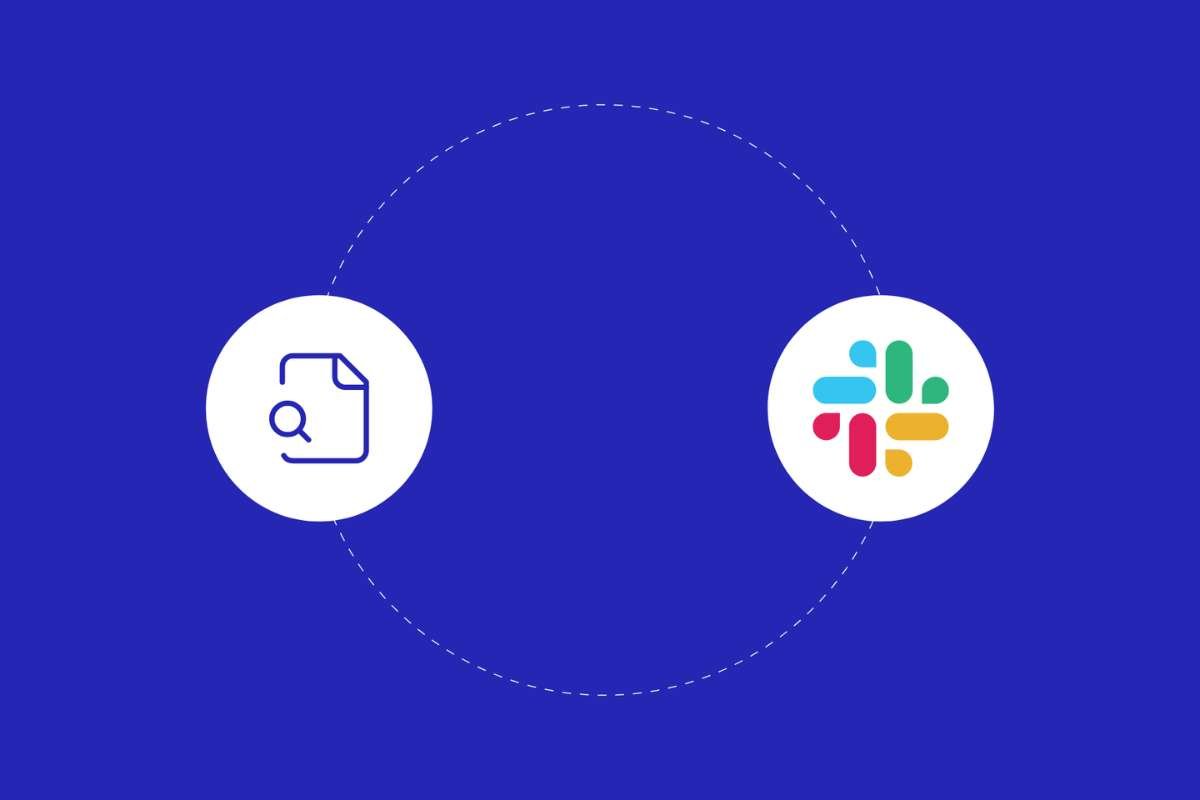Organizations today rely on data to make informed decisions, gain insights, and drive business growth. However, the vast data in modern business environments also brings significant security challenges. Security breaches, data leaks, and unauthorized access can have severe consequences for businesses, including financial losses and reputational damage. Organizations need to have a comprehensive Understanding data lineage of their data flows to effectively mitigate these risks, which is where data lineage comes into play. This article explores the concept of data lineage and its crucial role in enabling security investigations.
Understanding Data Lineage
Data lineage refers to the tracking and visualization of the data flow as it moves through an organization’s systems, applications, and processes. It provides a detailed map that traces the journey of data from its source to its destination, capturing every transformation and interaction along the way. This map is essential for maintaining data quality, ensuring regulatory compliance, and, most importantly, enhancing security.
Enabling Security Investigations

Data lineage helps security investigations in several ways:
Identifying Security Incidents
Data lineage serves as a valuable tool in identifying security incidents. When a security breach occurs, investigators can use data lineage to trace back the compromised data’s journey and pinpoint the exact source of the breach. This capability is critical for rapid response and containment of security incidents, minimizing potential damage.
Detecting Anomalies
Anomalies in data access or movement often signify potential security threats. Organizations can quickly detect and investigate any suspicious activity by comparing real-time data lineage with established norms. For example, if an employee suddenly gains access to sensitive data they have never interacted with, data lineage can flag this anomaly for investigation.
Access Control and Permissions
Data lineage also plays a crucial role in managing access control and permissions. It helps organizations ensure that only authorized individuals can access specific data sets and trace any unauthorized attempts. Organizations can enforce robust security measures by integrating data lineage with identity and access management systems.
Data Encryption and Masking

Understanding data lineage helps organizations determine where data encryption and masking should be applied. By identifying critical touchpoints in data flows, organizations can strategically implement encryption and data obfuscation measures, protecting data as it traverses various systems.
Compliance and Auditing
Regulatory compliance is a significant concern for organizations across various industries. Data lineage aids compliance efforts by clearly recording how data is handled and processed. This information is invaluable during audits, demonstrating due diligence in safeguarding sensitive information.
Incident Response
A detailed data lineage accelerates incident response efforts if a security incident or data breach occurs. Investigators can quickly identify the affected data, assess the extent of the breach, and take appropriate remedial actions; this reduces the time window for attackers to exploit vulnerabilities.
Data Retention and Purging
Organizations often have policies for data retention and purging to minimize security risks associated with holding unnecessary data. Data lineage helps implement and enforce these policies by providing insights into data’s lifecycle, ensuring data is only retained for as long as necessary.
Third-Party Data Sharing
Many organizations collaborate with third parties, such as vendors or partners, and share data. Data lineage enables organizations to monitor and control data as it moves outside their boundaries; this is crucial for ensuring that data shared with third parties is handled securely and complies with data protection regulations.
Machine Learning and AI Security

Machine learning and AI models heavily rely on data. Understanding data lineage is vital for ensuring the security of these models. Organizations can identify and mitigate potential vulnerabilities in AI systems by tracking the data used to train and test these models.
Challenges and Considerations
While data lineage offers significant advantages in enhancing security investigations, there are challenges and considerations that organizations must address:
Complexity of Data Environments
- Organizations often have complex data environments, storing data across various systems and platforms. Mapping data lineage in such environments can be challenging and requires robust data management practices.
Data Volume and Velocity
- Maintaining real-time data lineage can be resource-intensive with the increasing volume and velocity of data. Organizations need efficient tools and technologies to continuously capture and update data lineage information.
Data Privacy Concerns
- While data lineage is essential for security, it also raises concerns about data privacy. Organizations must balance tracking data flows for security purposes and respecting individuals’ privacy rights.
Integration with Security Tools
- Integrating data lineage with existing security tools and systems is crucial for effectiveness. Organizations should ensure their security infrastructure can leverage data lineage data for investigations.
Understanding data lineage is a powerful tool for organizations to enhance their security investigations. By providing a comprehensive view of data flows, data lineage enables quick detection of security incidents, anomaly detection, access control, and compliance adherence. It also facilitates efficient incident response, data management, and collaboration with third parties. However, organizations must address the challenges associated with data lineage, such as data complexity and privacy concerns, to fully harness its security benefits. In doing so, they can better protect their data assets and safeguard their business operations from threats and breaches.


















